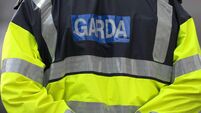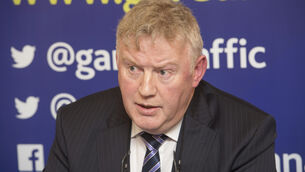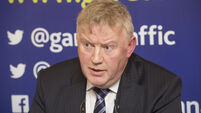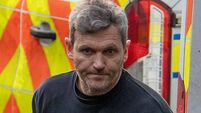DNA profile from under Ashling Murphy's fingernails matched Jozef Puska, court told
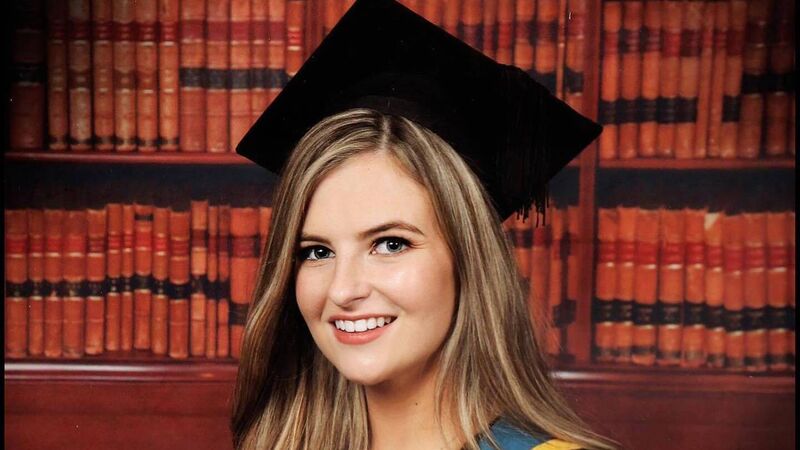
Detective Inspector Brian Farrell told the court hat following Ashling Murphy's death on January 12 last year they were 'dealing with a horrendous fatality, a murder' and they were "acting as quickly as possible" to find the person responsible.
A DNA profile taken from underneath Ashling Murphy's fingernails matched that of Jozef Puska, the man accused of her murder, a scientist has told the Central Criminal Court.
Dr Lorna Flanagan on Friday told prosecution counsel Anne-Marie Lawlor SC she received swabs that had been taken from under the nails of each of Ms Murphy's hands during an autopsy carried out by State Pathologist Dr Dr SallyAnne Collis.
Dr Flanagan isolated the male DNA present in the swabs by focusing only on the y-chromosome to eliminate Ms Murphy's DNA from her results.
She compared the DNA to a blood sample belonging to Mr Puska and from swabs that were taken from Mr Puska when he was in custody in Tullamore Garda Station on January 18 last year.
She found that the Y-STR profile generated from the nail swabs matched the Y-STR profile from Mr Puska's blood sample and swabs.
Dr Flanagan said she estimated the chances of finding the same male-specific DNA profile from someone unrelated to Mr Puska is approximately one in 14,000.
She explained those statistics are calculated from a database of Western European ethnic groups that includes people from Ireland and as far east as Latvia, Ukraine and Romania.
Dr Flanagan told defence counsel Michael Bowman SC that the groups include people from Slovakia and members of the Roma community.
Jozef Puska, 33, with an address at Lynally Grove, Mucklagh, Co Offaly, has pleaded not guilty to murdering Ms Murphy at Cappincur, Tullamore, Co Offaly on January 12th, 2022.
Detective Inspector Brian Farrell told defence counsel Michael Bowman SC that he was the joint senior investigating officer coordinating the Garda investigation into Ms Murphy's death.
He agreed with Mr Bowman that following Ms Murphy's death on January 12 last year they were "dealing with a horrendous fatality, a murder" and they were "acting as quickly as possible" to find the person responsible.
He agreed a man was arrested shortly after 4pm that day but that person was eliminated as an active suspect some time after 9pm by DNA evidence.
A further "significant development" came when the decision was taken to send Detective Sergeant Brian Jennings and Detective Garda Fergus Hogan from Tullamore to St James's Hospital in Dublin to speak to Mr Puska.
The inspector agreed that in his notes made during that period he repeatedly referred to Mr Puska as a "suspected offender".
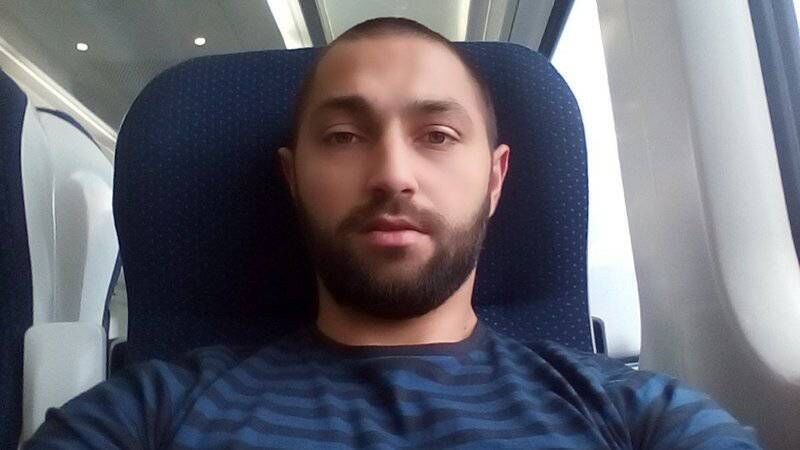
He said he did not believe he told the members who had been sent to Dublin that the first suspect had been released. "It wouldn't be something I would usually do because it's not relevant to their task," he said.
At that time, he said the investigation was "fast moving, very dynamic" and they were taking in a lot of information.
Part of the task for the two gardaí who were sent to meet Mr Puska, he said, was to talk to him and to "have a look at him" but he could not remember if he "specifically asked" gardaí to look at Mr Puska or to compare him to a person captured on CCTV images that gardaí had gathered in their investigation.
The inspector said the notes he has from the time show he wanted gardaí to get an account from Mr Puska of his movements on the 12th and to ask if he owned a bicycle.
He also had a note that Mr Puska had three stab wounds, one of which was close to his liver and that he would be in hospital for about one week. He said it "would make sense" that Det Garda Hogan gave him the information about Mr Puska's condition.
He further agreed he directed the detectives to remain in the area of St James's Hospital and over the following days he made inquiries about when Mr Puska was to be released from hospital.
Superintendent Pat O'Callaghan told Ms Lawlor he was the senior investigating officer in relation to Ms Murphy's death. He said there were more than 720 jobs created by the incident room for members to carry out.
He agreed a man was arrested on January 12 and released on January 13 at about 10.30pm. Superintendent O'Callaghan said the man in question gave a consistent account of his movements on the day which were corroborated by his mother and grandmother.
On the late afternoon of January 13, he said, it became apparent this man was not involved. His fingerprints did not match those taken from a bicycle found near the scene where Ms Murphy was killed and his DNA did not match DNA that was taken from the scene.
He said the manner in which Ms Murphy met her death had not been put into the public domain when Mr Puska told Det Garda Fergus Hogan in St James's Hospital in Dublin on January 14 he had "cut Ms Murphy". Superintendent O'Callaghan said he had not told Det Garda Hogan about how she died because the investigation team had taken a decision not to release that information.
The superintendent also confirmed a significant number of searches were carried out in locations associated with Mr Puska but the clothing he was seen wearing on CCTV footage from the day of Ms Murphy's death were not found.
Supt O'Callaghan told Mr Bowman he was not aware if information about how Ms Murphy died was circulating on social media. He said there was "nothing released by An Garda Síocháana on the cause of death".
He accepted that detectives interviewing the first person identified as a suspect spoke to him about knives. Mr Bowman suggested that information about how Ms Murphy died was "beginning to get out there".
Supt O'Callaghan said the suspect was "interviewed inside in a Garda station... by a specific team of detectives and they would have had a specific line of inquiry".
He said the cause of death was not known at all until 5pm on January 13 when the pathologist confirmed Ms Murphy had died from stab wounds.
The superintendent agreed he would be surprised if the two members sent to Dublin to speak to Mr Puska did not understand that they were there to "look at the suspect".
Det Sgt David Scahill told Ms Lawlor he was sent to St James's on January 18 last year to arrest Mr Puska. He carried out the arrest at 10.31am and explained the reason for the arrest. Mr Puska indicated he understood and was taken to Tullamore Garda Station, arriving at 12.30pm.
The following day, Det Insp Brian Farrell told Det Sgt Scahill that the Director of Public Prosecutions had directed that Mr Puska be charged with murder. At 7.22pm that evening, Det Sgt Scahill charged Mr Puska with the murder of Ashling Murphy and cautioned him. Mr Puska replied: "No."
Det Gda Scahill told Mr Bowman the intended arrest of Mr Puska was not widely known. He said he did not recall there being a big crowd of people at the front of Tullamore Garda Station when they arrived but added he went in through the back, not the front. He said when Mr Puska was searched in Tullamore, he had no property on him.
Garda Ciara Martin was the member in charge of Tullamore Garda Station when Mr Puska was detained. She also told Mr Bowman she did not notice a crowd of people at the front of the station. "If it happened, I wasn't aware," she said.
The trial continues before Mr Justice Tony Hunt and a jury of nine men and three women.





